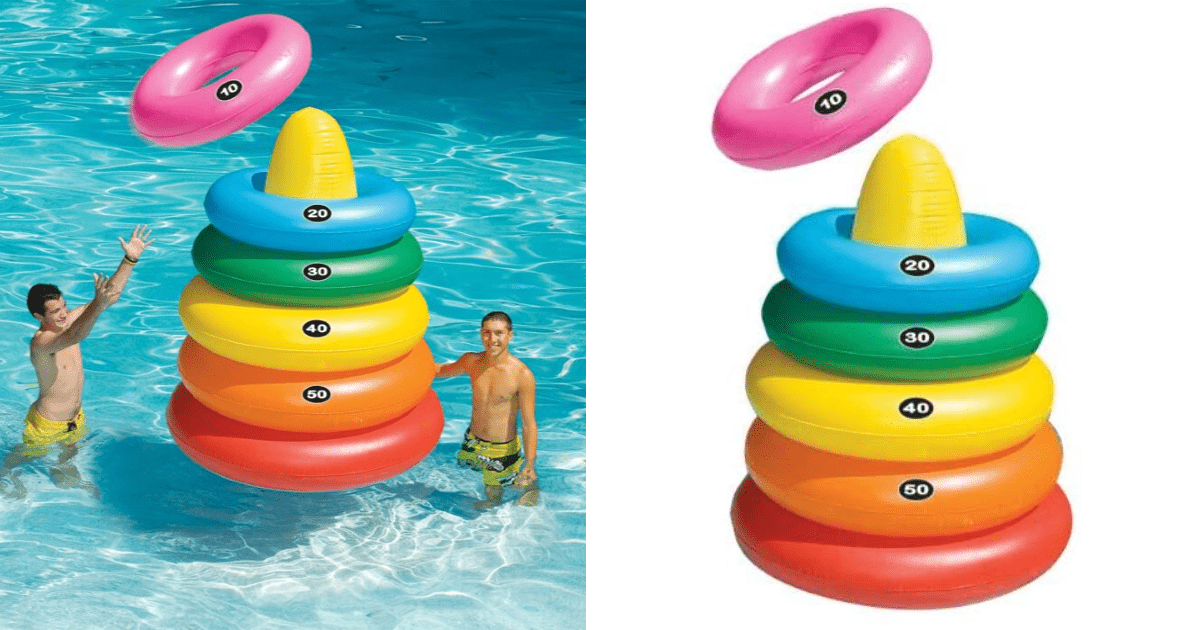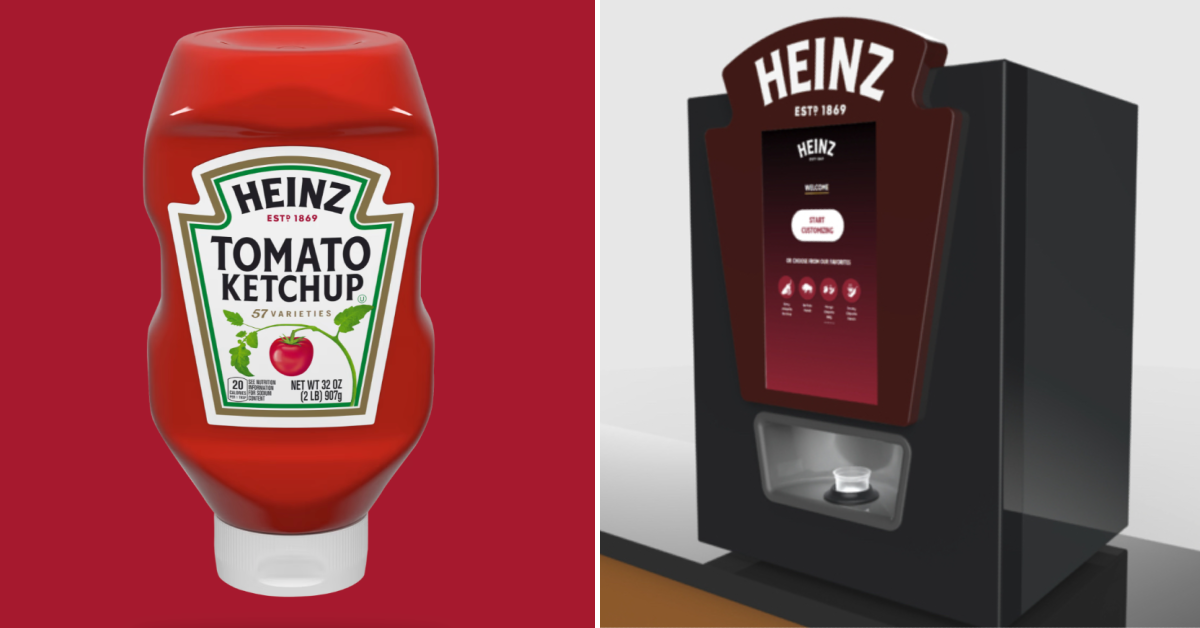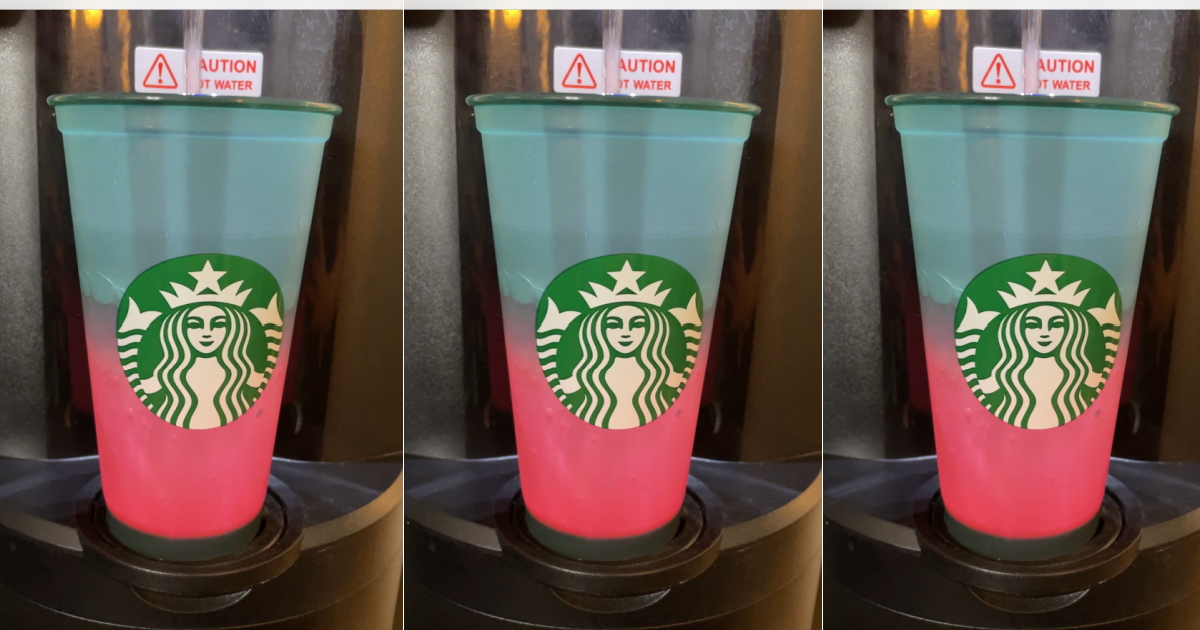Did You Know That No Two Snowflakes Are The Same? Here’s Why!
No two snowflakes are identical but they each have one thing in common, they’re fun to catch on your tongue.

Many snowflakes are made up of one single ice crystal while some that fall from the sky can have as many as 200 ice crystals fused together, according to UCAR, the Center for Science Education.

While you can count on every single snowflake you catch to have a six sided figure, each snowflake is completely unique from the next because no two snowflakes have identical molecules.

As a matter of fact, snowflakes are so diverse that there is an international classification system to identify each snowflake says NASA. The system can be broken down into 8 different snow crystal types including stellar dendrites, sectored plates, rimed crystals, hollow columns, needles, spatial dendrites, capped columns, and irregular forms.
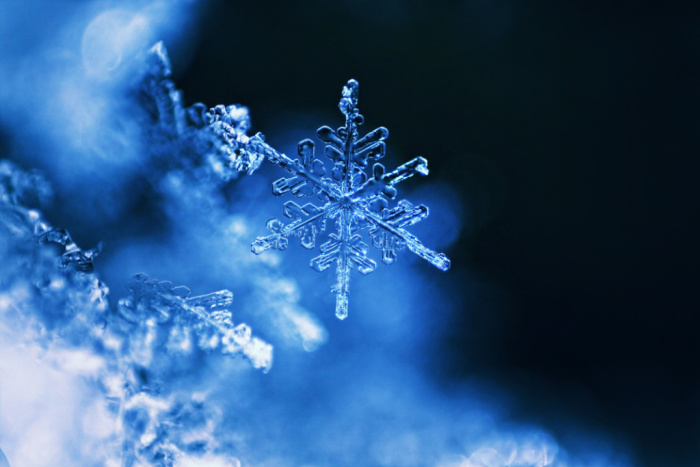
Did you know that snowflakes are created when an extremely cold water droplet freezes onto a pollen or dust particle in the sky, according to the NOAA (National Oceanic and Atmospheric Administration).
Who knew that dust particles can be so beautiful!

“As the ice crystal falls to the ground, water vapor freezes onto the primary crystal, building new crystals — the six arms of the snowflake.”
NOAA (National Oceanic and Atmospheric Administration)

While maintaining the six sided figure we drew on paper as kids, as a snowflake continues to fall to the ground, each creation from mother nature will encounter a slightly different atmospheric condition falling from the sky to the ground.
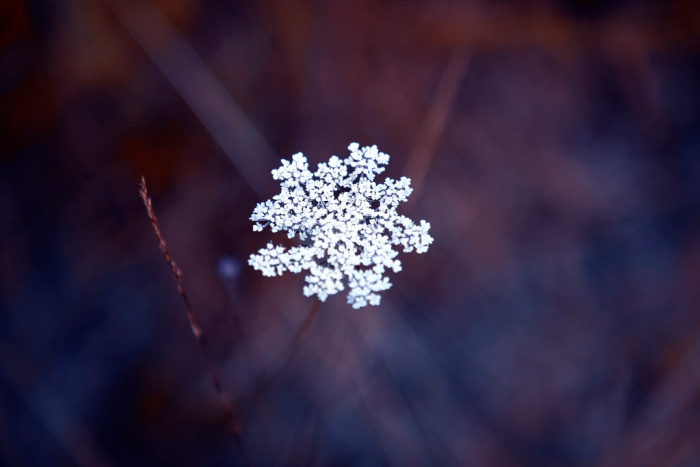
The bigger the snowflake also depends on the temperature outside. While most snowflakes you’ll see fall from the sky are less than 0.5 inches across, some can reach almost 2 inches in diameter, the NSIDC explains.
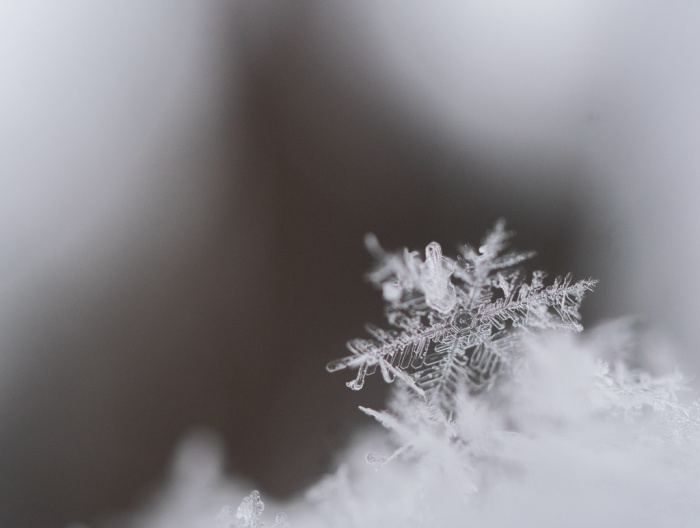
Fingers crossed for another snowstorm this winter!



